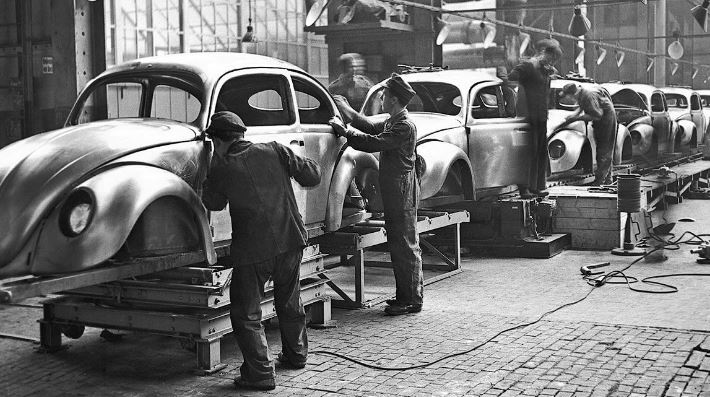The German Car Miracle: How Germany became the country of cars
In 1888, Bertha Benz embarked on a journey to prove that her husband Carl’s Motorwagen was safe and ready to sell. Fast forward to the present day, and Germany remains a country of premium cars and car culture.
Something magical happened as we drove to the Black Forest’s edge in south-western Germany. The man behind the wheel, Edgar Meyer, turned onto a medieval road barely wide enough for an ATV.
The air was filled with the sweet scent of vines and birds chirping, and the only sound was the hum of Meyer’s vintage BMW. We were driving through the busy town of Dossenheim, yet we felt completely alone on this peaceful little lane.

This road is actually a small detour off the Bertha Benz Memorial Route, a themed drive that Meyer created. But according to him, this little lane is the closest thing you can experience to the primitive roads that Bertha and her teenage sons encountered in August 1888 on their historic road trip.
It was the world’s first road trip to its first petrol-powered car, changing the world forever.
You may also be interested in:
Bertha Benz, the wife of Carl Benz, was a fearless automotive pioneer who took a 194km round-trip drive between her home in the city of Mannheim and her mother’s place in Pforzheim.